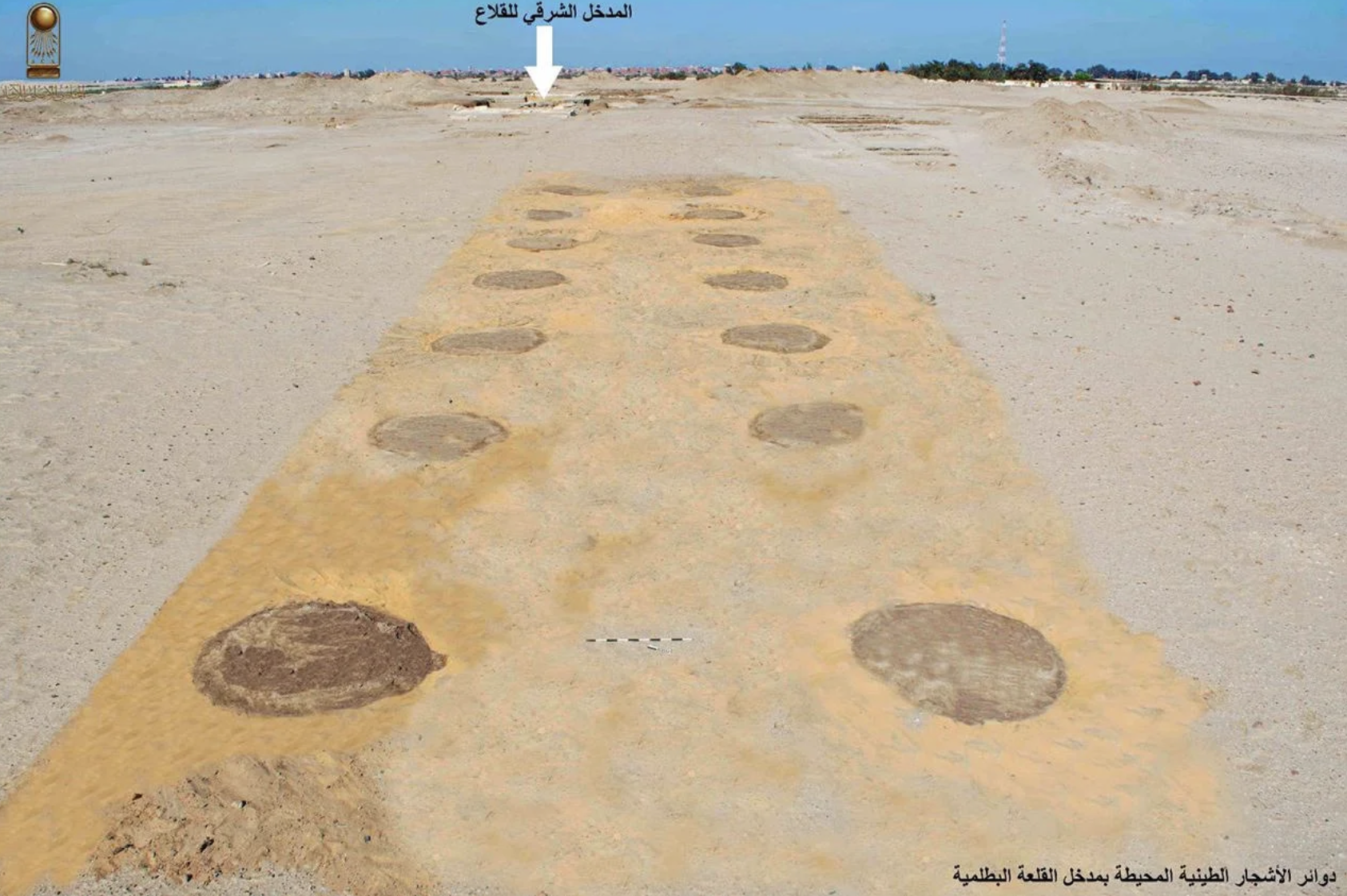Ancient Fortresses and Hidden Roads Unearthed in Egypt’s Sinai Desert!
Archaeologists have recently made some incredible discoveries in Egypt’s Sinai Desert that are shedding new light on the country’s ancient military and industrial past. At Tell Abu Saifi, a site long known as the “Fortress of the East,” excavations have uncovered an elaborate complex that once played a crucial role in protecting Egypt’s eastern borders more than 2,000 years ago.
Led by Egypt’s Supreme Council of Antiquities, the dig has revealed the remains of two major fortresses—one from the Ptolemaic period (around 332–30 BCE) and another from the Roman era (30 BCE–395 CE). The findings offer a rare glimpse into how the site evolved over time, highlighting both its strategic and industrial importance.
One of the most remarkable features uncovered is a wide limestone road stretching roughly 100 metres in length and 11 metres across. This ancient road once connected the Roman fortress’s eastern gate to the main part of the complex. What’s even more striking is that it was lined on either side with over 500 circular planting pits, likely used to grow trees. It seems soldiers and commanders would have travelled along a shaded avenue—an uncommon and rather luxurious feature for a desert stronghold.
The fort’s defences were just as impressive. A large moat over two metres deep surrounded the site, designed to keep attackers at bay. According to Dr Mohamed Ismail Khaled, Secretary-General of the Supreme Council of Antiquities, the trench was cleverly engineered so it could be deactivated when needed—suggesting a highly sophisticated defensive strategy.
But it wasn’t just about military might. The archaeologists also uncovered living quarters believed to have housed not only soldiers but their families as well. These buildings were occupied for long periods, especially during the reigns of Roman emperors Diocletian and Maximian. Their layout, built in overlapping layers, tells a story of a community that grew and adapted over time.
Adding to the picture of Tell Abu Saifi as a hub of activity is the discovery of four massive lime kilns, used to produce quicklime. This points to a phase of industrialisation during the late Roman period. In fact, it’s thought this industrial expansion led to the partial destruction of earlier stone structures, as space and materials were repurposed for new uses.
Perhaps the most intriguing find of all is the outline of what may be an even older structure beneath the known fortresses. Archaeologists uncovered four cornerstones that suggest a previously unknown, earlier fort may have existed on the site—potentially pushing the site's origins back even further than expected.
The location of Tell Abu Saifi appears to have grown in importance as Egypt’s geography changed. As the course of the Nile shifted and coastal settlements like Tell Hebua declined, Tell Abu Saifi gained strategic value in defending Egypt’s frontier in the east.
These new discoveries don’t just confirm Tell Abu Saifi’s military significance—they reveal a living, changing settlement that responded to the ebb and flow of Egypt’s history. From its tree-lined roads and deep moats to its industrial kilns and layered living quarters, the site paints a vivid picture of life on Egypt’s ancient frontier.


